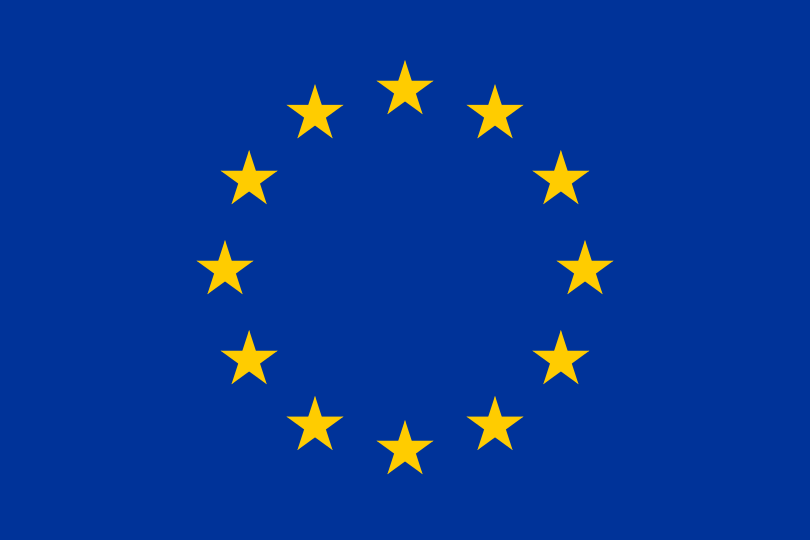In order to support the harmonised interpretation and the implementation of the Commission Implementing Regulation 2021/808 laying down requirements for the performance of methods for the analysis of veterinary drug residues, COM has asked the EURLs to provide guidance documents dealing with specific aspects which might require supplemental information. Now, the EURL Guidance Document on Standard Addition has been finalised and is available as of today.
Several laboratories had expressed a need for additional guidance on the application of the standard addition approach respecting the provisions of CIR 2021/808. In response, a working group tasked with drafting an EURL Guidance Document on this topic was formed. The working group members are: Ingrid Elbers (EURL WFSR), Andreia Freitas (NRL Portugal), Murielle Gaugain (EURL ANSES), Ulrike Mülow-Stollin (EURL BVL), Christelle Robert (NRL Belgium) and Ivana Varenina (NRL Croatia).
The first draft was circulated within the laboratory network this autumn. The NRLs’ feedback was collected via an online form and expressed during the WFSR workshop in November. The working group members would like to sincerely thank all of you for your suggestions and remarks. The feedback was considered for the version 1.1 of the Guidance Document which you may find attached to this e-mail. The colleagues of the EURL Wageningen also kindly created an Excel spreadsheet which may be used for calculations necessary for the multiple standard addition approach outlined in the Guidance. This Excel file has been validated according to WFSR procedures regarding the validation of spreadsheets.
Although the guidance document represents the EURLs’ interpretation of CIR (EU) 2021/808 and is meant as a support for all laboratories, it is not seen as mandatory to follow. Other approaches are possible, if they provide plausible and comparable results. However, we sincerely hope that you will find the document useful. As is the case with all EURL Guidances, the document is to be understood as non-static, meaning that should you notice aspects which might require further information, you are welcome to submit your remarks to the EURLs for review.
 EURLs for Residues of Veterinary Medicinal Products
EURLs for Residues of Veterinary Medicinal Products